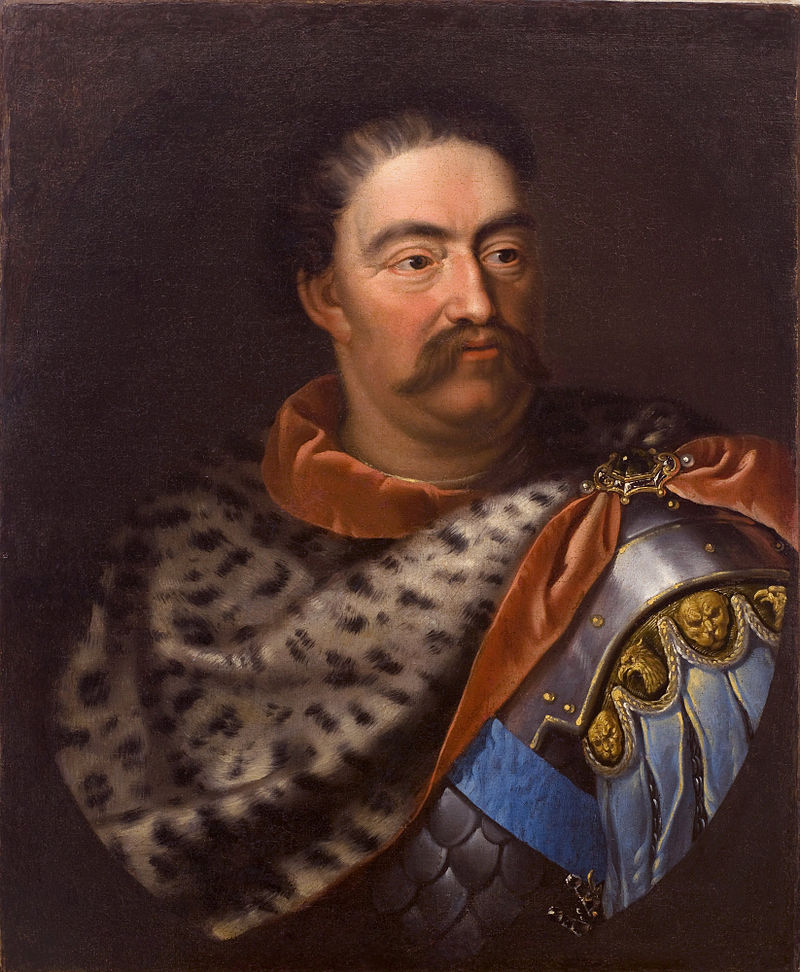Mariana Levytska, National Academy of Sciences of Ukraine
John/ Jan III Sobieski is known as a unique figure in the history of Central Europe due to his political and cultural activities. The Polish king was not only an imposing actor on the European military scene of the 17th century, but also had a special influence as a patron and connoisseur of art. His glorious residence Villa Nova (or Wilanów) near Warsaw, as well as the smaller family palace in Zhovkva/Żółkiew near Lviv (Ukraine), were decorated with numerous works of fine art. Although Sobieski’s life trajectory has a huge historiography, both archival sources and art history studies, certain aspects of his connoisseur preferences in his native Zhovkva remain little known.
Compared to Wilanów, the residence in Zhovkva sustained severe damage during the First World War and subsequent – under the Soviet regime, its collection was scattered and lost. Renovation of the residence began after the 2000s in independent Ukraine and is now the museum department of Borys Voznytskyy Lviv National Gallery of Art. Despite the losses, the surviving archival documents and historical sources describing the interior decoration make it possible to restore the idea of artworks inside the palace. The inventory (published by the Lviv historian L. Finkel) includes a whole range of positions of Western European fine art, commissioned by John III Sobieski, which represent not only his personal taste and artistic preferences, but also wider cultural and political motives.
Thus, the given paper that analyses the inventory of the Zhovkva residence at the turn of the 17th -18th centuries is focused on the main topics of the conference such as individual patronage, and political and cultural factors for the art trade. Moreover, the art decoration of Sobieski’s Zhovkva residence should be viewed as a distinct type of direct cultural transfer that represented new art samples (new genres, topics, and motives) for the local art environment.
Mariana Levytska is a researcher and lecturer with almost 20 years of experience in the field of art history studies and teaching courses at the undergraduate and graduate levels. Levytska is author of a book on the Ukrainian portrait painting of the first half of the 19th century, and co-author of two books on 19th-century art (in Ukrainian). She has published over 40 articles, mainly in Ukrainian, and Polish journals. Levytska is Associate Professor of the Department of Graphic Design and Art of Books, Ukrainian Academy of Printing (Lviv, Ukraine), and Senior Research Associate in the Art History Department of the Ethnology Institute UNAS (Lviv).
